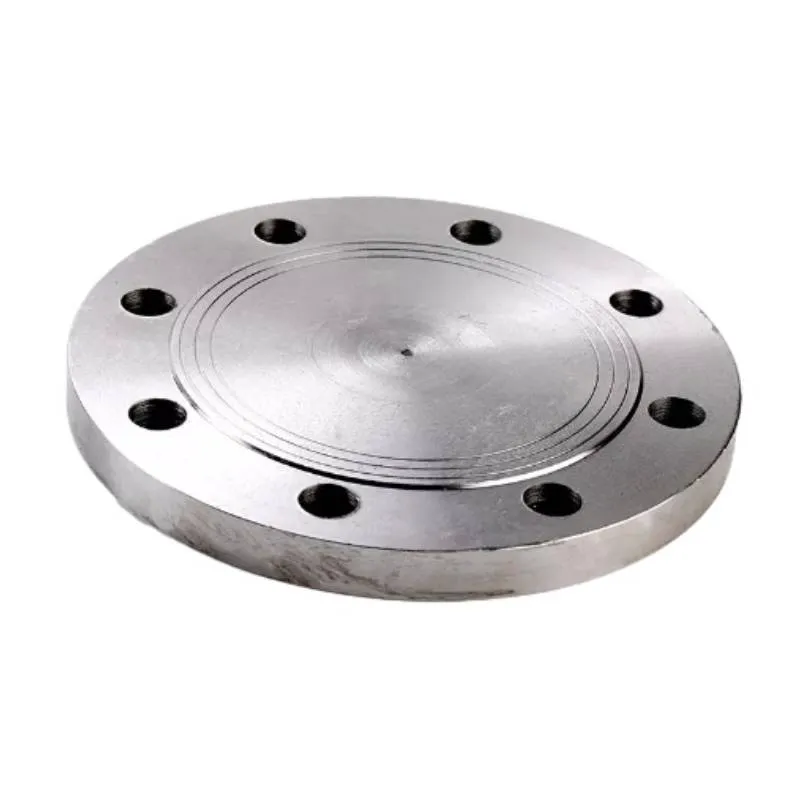-
Cangzhou Yulong Steel Co., Ltd.
-
Phone:
+86 13303177267 -
Email:
admin@ylsteelfittings.com
- English
- Arabic
- Italian
- Spanish
- Portuguese
- German
- kazakh
- Persian
- Greek
- French
- Russian
- Polish
- Thai
- Indonesian
- Vietnamese
- Zulu
- Korean
- Uzbek
- Hindi
- Serbian
- Malay
- Ukrainian
- Gujarati
- Haitian Creole
- hausa
- hawaiian
- Hebrew
- Miao
- Hungarian
- Icelandic
- igbo
- irish
- Japanese
- Javanese
- Kannada
- Khmer
- Rwandese
- Afrikaans
- Albanian
- Amharic
- Armenian
- Azerbaijani
- Basque
- Belarusian
- Bengali
- Bosnian
- Bulgarian
- Catalan
- Cebuano
- China
- China (Taiwan)
- Corsican
- Croatian
- Czech
- Danish
- Esperanto
- Estonian
- Finnish
- Frisian
- Galician
- Georgian
- Kurdish
- Kyrgyz
- Lao
- Latin
- Latvian
- Lithuanian
- Luxembourgish
- Macedonian
- Malgashi
- Malayalam
- Maltese
- Maori
- Marathi
- Mongolian
- Myanmar
- Nepali
- Norwegian
- Norwegian
- Occitan
- Pashto
- Dutch
- Punjabi
- Romanian
- Samoan
- Scottish Gaelic
- Sesotho
- Shona
- Sindhi
- Sinhala
- Slovak
- Slovenian
- Somali
- Sundanese
- Swahili
- Swedish
- Tagalog
- Tajik
- Tamil
- Tatar
- Telugu
- Turkish
- Turkmen
- Urdu
- Uighur
- Welsh
- Bantu
- Yiddish
- Yoruba

Aug . 30, 2024 04:35 Back to list
Affordable Stainless Steel Pipe Price Per Foot - Quality and Cost-Effective Solutions
Understanding Stainless Steel Pipe Prices Per Foot
Stainless steel pipes are widely used in various industries due to their durability, corrosion resistance, and aesthetic appeal. As a key material in construction, manufacturing, and plumbing, the pricing of stainless steel pipes can significantly impact overall project costs. Customers often seek to understand the factors influencing the price per foot of these pipes to make informed purchasing decisions.
The price of stainless steel pipes varies based on several key factors. Firstly, the type of stainless steel used plays a crucial role. Common grades like 304 and 316 have different compositions, which affect their performance and price. Grade 316, for instance, contains molybdenum, making it more resistant to corrosion than grade 304, but this also results in a higher price point.
Second, the pipe diameter and wall thickness contribute to the overall cost. Larger diameters and thicker walls require more material, which naturally increases the price per foot. Additionally, the pipe's length can impact pricing; purchasing longer sections may lead to reduced costs per foot due to economies of scale.
Market conditions also heavily influence stainless steel pipe prices. Fluctuations in the prices of raw materials, such as nickel and chromium, which are essential components of stainless steel, can lead to significant changes in pricing. When demand for stainless steel increases, or when supply chain challenges arise, prices may rise considerably.
stainless steel pipe price per foot

Another important factor to consider is the manufacturing process. Pipes produced through high-quality techniques tend to be more expensive but may offer better performance and longer lifespans. Various manufacturing methods, including seamless and welded processes, also lead to different pricing structures. Seamless pipes often command higher prices due to their better strength characteristics and lower risk of leaks.
Transportation and logistics costs are additional factors that could affect pricing. If pipes need to be shipped long distances, added freight costs can increase the price per foot. It's essential for buyers to consider local suppliers, as purchasing from nearby distributors can save on these logistical expenses.
Lastly, market demand also plays a crucial role in setting prices. During peak construction seasons, the demand for stainless steel pipes often rises sharply, which can lead to price increases. Conversely, during slower periods, prices may stabilize or even decrease.
In summary, the price per foot of stainless steel pipes is influenced by several interconnected factors, including material grades, diameter, wall thickness, manufacturing processes, market conditions, and logistical considerations. Understanding these elements can help buyers navigate the market effectively and make informed decisions when purchasing stainless steel pipes for their projects.
Latest news
-
ANSI 150P SS304 SO FLANGE
NewsFeb.14,2025
-
ASTM A333GR6 STEEL PIPE
NewsJan.20,2025
-
ANSI B16.5 WELDING NECK FLANGE
NewsJan.15,2026
-
ANSI B16.5 SLIP-ON FLANGE
NewsApr.19,2024
-
SABS 1123 FLANGE
NewsJan.15,2025
-
DIN86044 PLATE FLANGE
NewsApr.19,2024
-
DIN2527 BLIND FLANGE
NewsApr.12,2024
-
JIS B2311 Butt-Welding Fittings LR/SR 45°/90° /180°Seamless/Weld
NewsApr.23,2024











